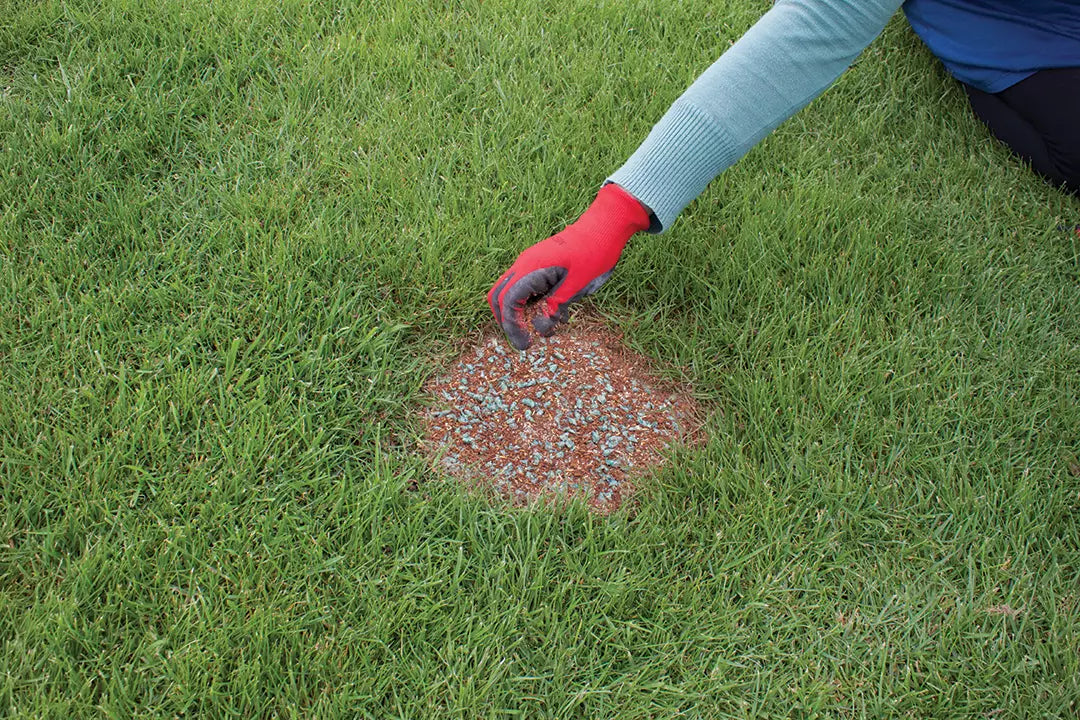
Lawn Care
Share
Sowing A New Lawn
Preparation is key to successful to ensure even seed germination.
- Check the site’s drainage, making sure there are no wet spots. You also don’t want the lawn to be too perfectly flat, ideally, a slight angle of 1-2 degrees sloping away from the house/structures will let water drain and not puddle in the lawn.
- Spread copious amounts of Daltons Premium Lawn Soil, to ensure an even spread and improve drainage and soil quality.
- If your pre-existing soil is heavy clay, add 60-80mm of topsoil above existing ground level. If the soil is of reasonable quality, a depth of 50-60mm should suffice. This topsoil will help the roots become established.
- Rake, level and lightly compact soil before sowing your lawn seed. If there are indentations in pre-existing grounds, use a light roller to even it out, then follow the sowing tips below.
Steps for Sowing Lawn Seed:
- Sprinkle the seed in an even pattern walking away from the starting point so you are not standing on the seed.
- Apply grass seed to the surface of the soil, do not cover with topsoil as the seed is very fine and will not germinate well if covered.
- When sowing the initial grass seed hold back 15-20% of the seeds to allow for over-sowing if there are areas that have not germinated well.
- Grass seed should germinate (depending on soil temperatures and moisture) 7-10 days after sowing.
- When the newly emerged grass has reached 80mm high the first cut can be made. Gradually adjust the mower setting with each cut until you reach your desired grass height.
Repairing Patches In Existing Lawns
Patches can be caused by grass grub or a fungal disease, but check your lawn isn’t being used by animals in the neighbourhood, especially dogs.
- To fix patchy grass, repair the infected areas in spring or autumn by removing grass and soil around the infected area (at least 15cm beyond it).
- Apply Daltons Premium Lawn Patching Gold which contains everything you need in one bag (seed, soil and fertiliser) to the area and lightly water.
If patches are large or severe, it may be better to start fresh and replace the entire lawn. Remove all existing grass and follow the instructions outlined in the "Sowing A New Lawn" section above.
